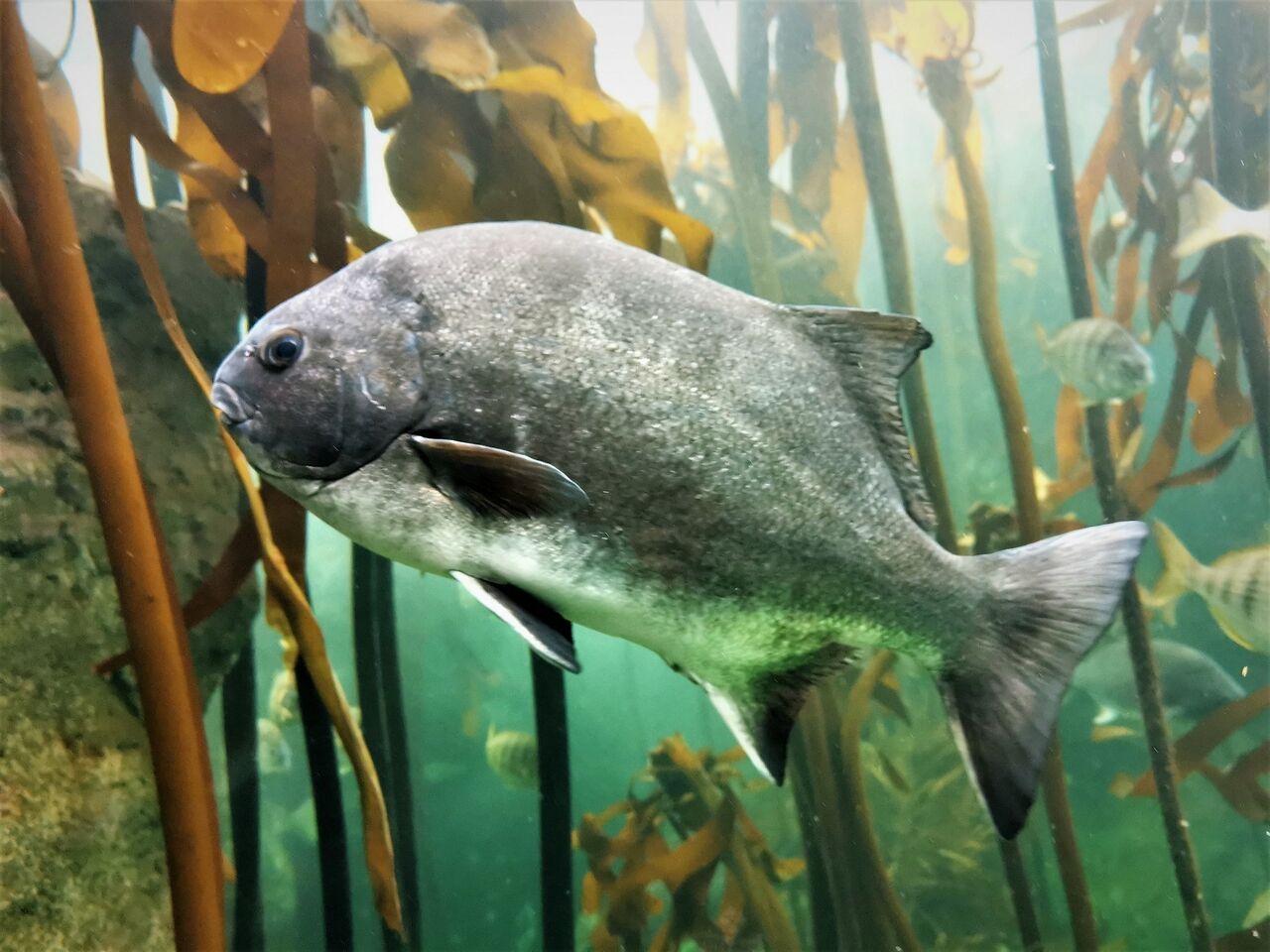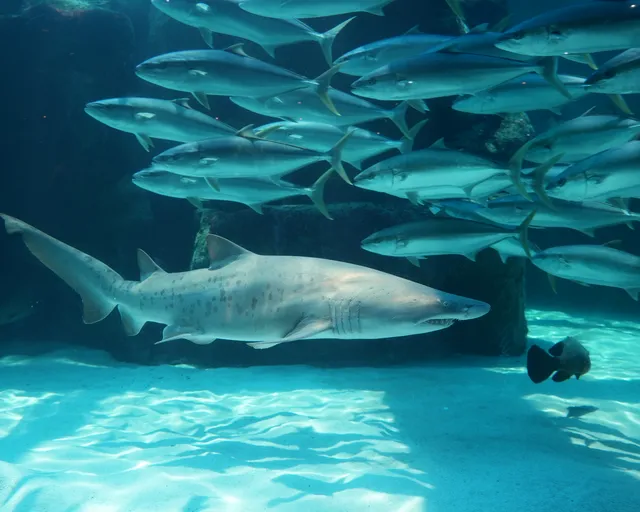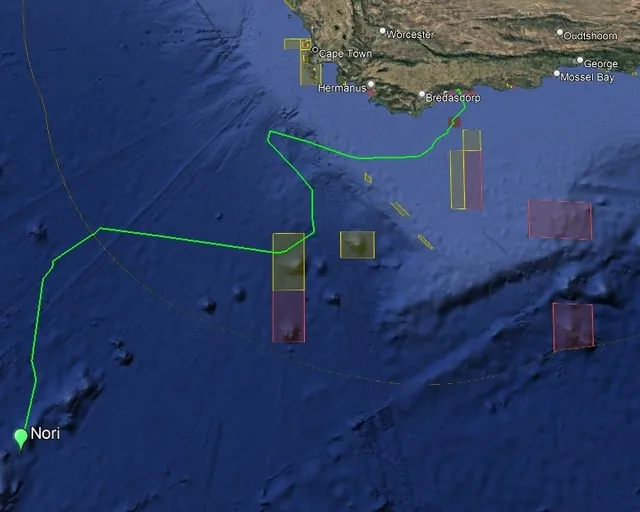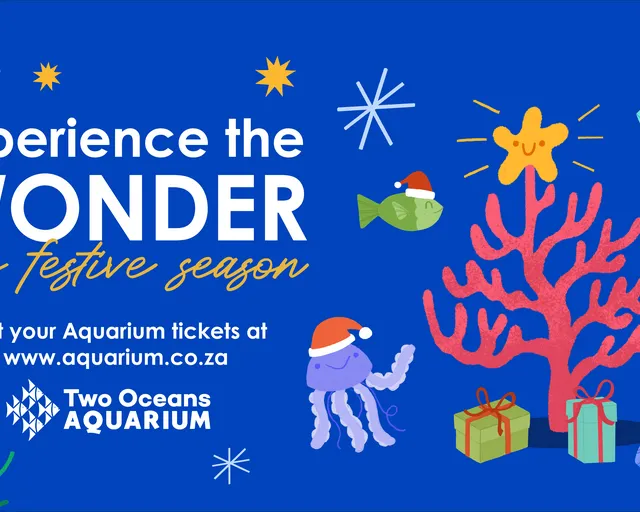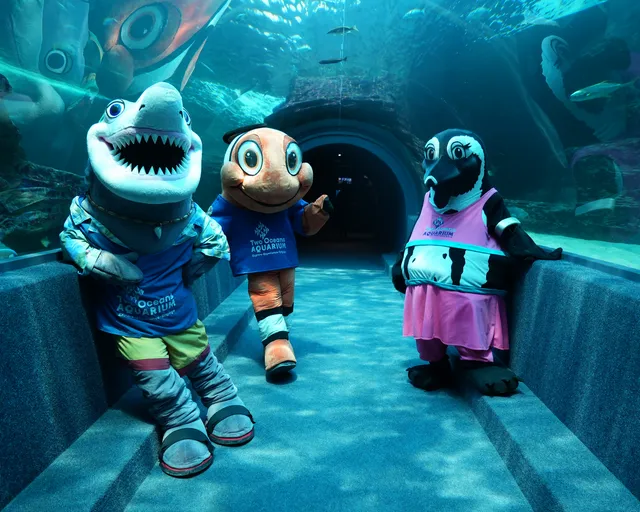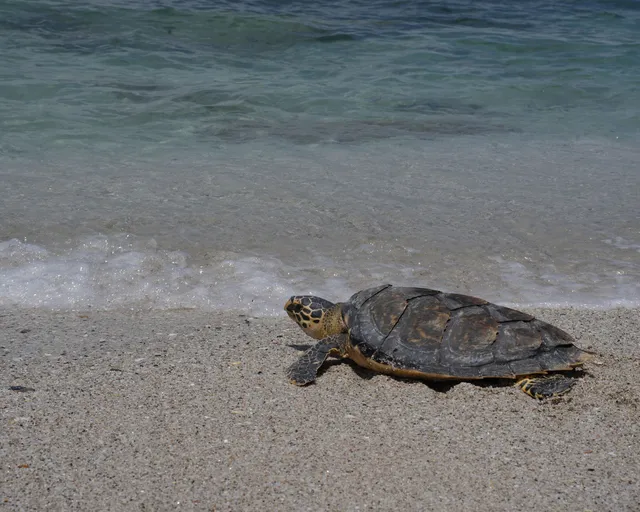South Africa's national fish is not the powerful great white shark, the colourful South African butterflyfish or the commercially important sardine - it is the galjoen, a fish that many of us would fail to recognise. Why was such an obscure fish chosen - and why do we agree that it is the perfect choice as a national symbol?
Here's everything you need to know about the galjoen, our national fish:
What is a galjoen anyway?
Galjoen are a mid-sized fish, with oval-shaped, flattened bodies with symmetrical dorsal and anal fins giving them a distinctive "Snapchat logo" shape, especially when they raise their spines in defence. Although usually a dark, near-black, they are able to change colour. Most are nearly-black, helping them to blend into the rocky coastlines they prefer, but they can change to pale bronze when around the coast. Occasionally, they are also able to display vertical stripes. They are known to grow to about 7kg and over half a metre in length, but this large size is rarely reached due to fishing pressures.
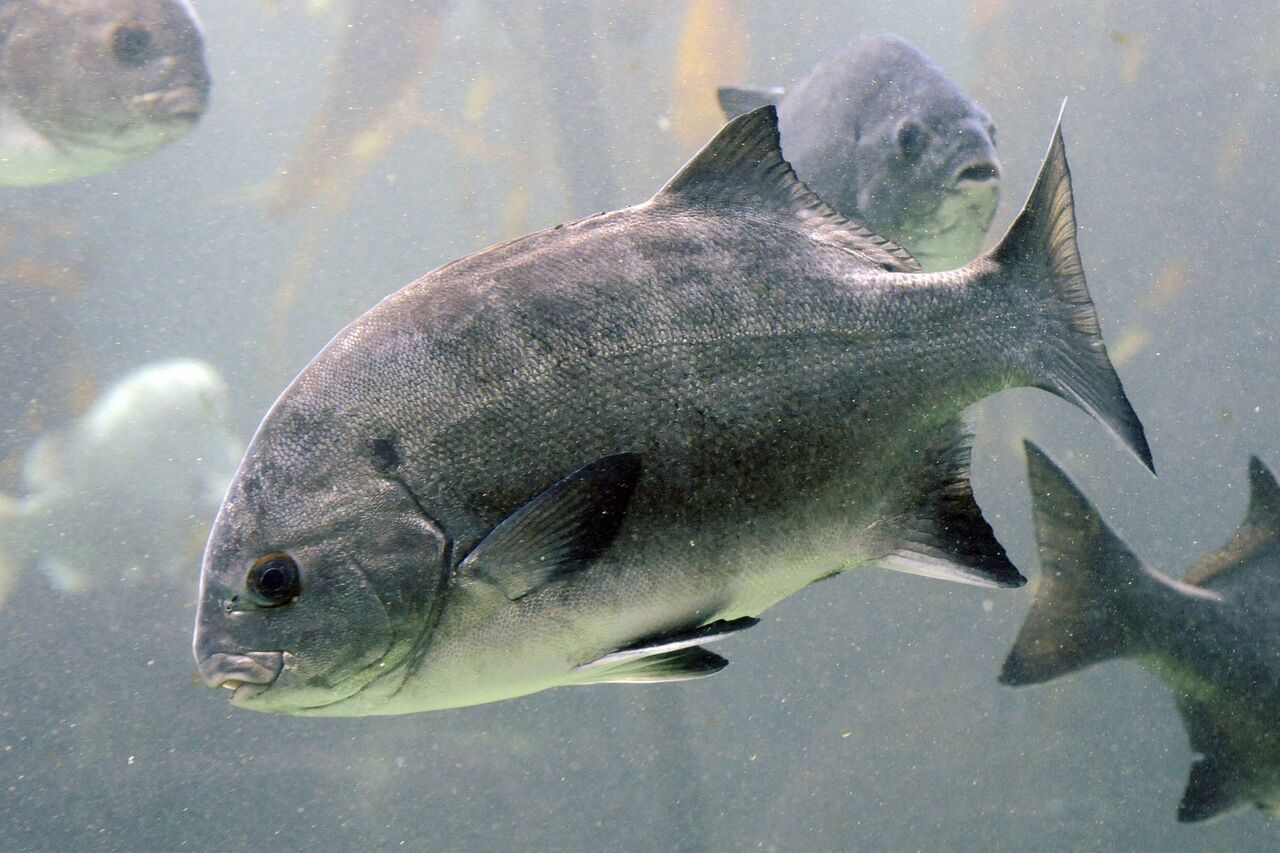
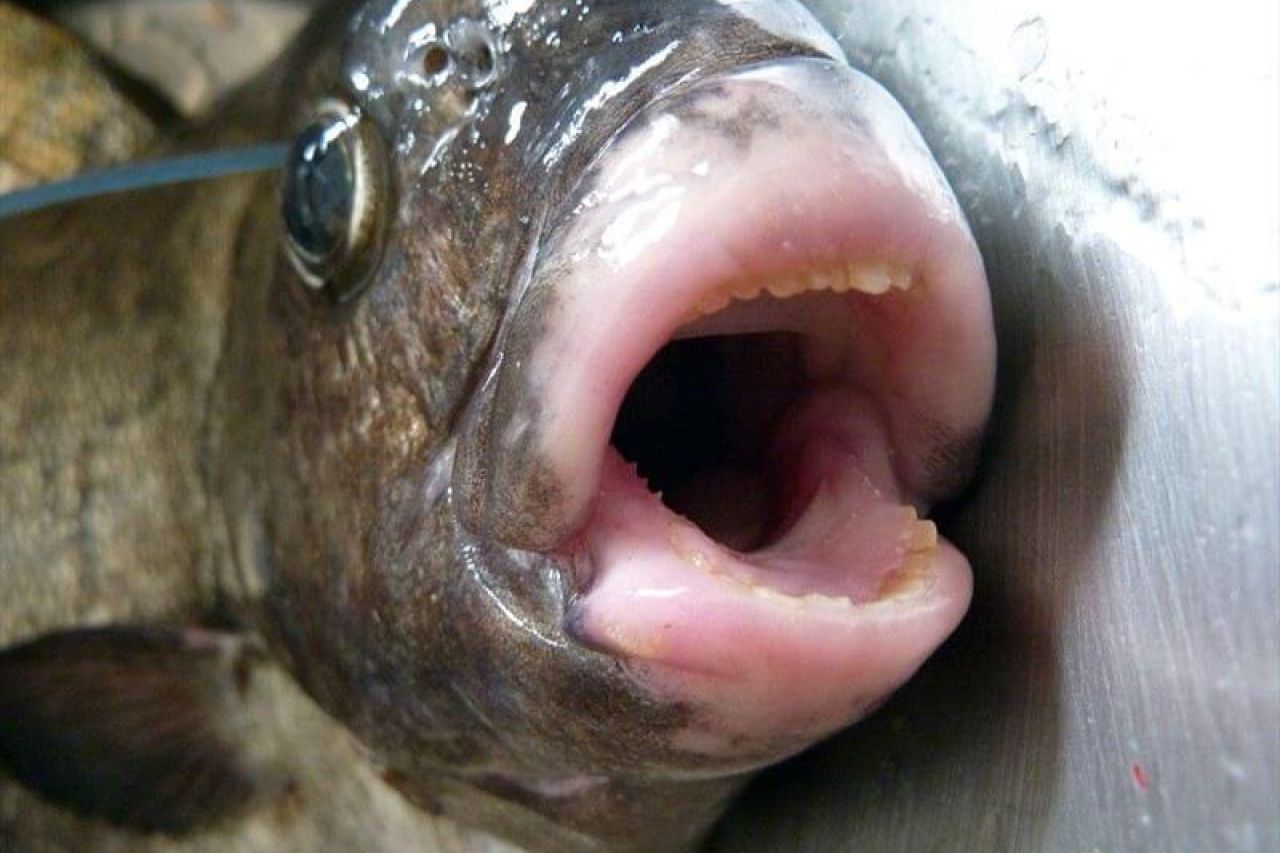
Why was it chosen as the national fish?
The suggestion to make the galjoen the national fish of South Africa was first put forward by Margaret Smith, the wife of legendary South African ichthyologist J.L.B. Smith (the scientist who confirmed the identity of the first-ever present-day coelacanth and father of generational maths guru William Smith). Margaret Smith wanted to find the marine equivalent of the springbok - a uniquely South African animal that was as iconic as it was special.
Although less famous than her husband, Margaret Smith was nonetheless a masterful academic in her own right, and hand-drew illustrations of hundreds of indigenous South African fish for inclusion in The Sea Fishes of Southern Africa, which has remained a well-respected text for over 60 years. Because of this, we're pretty sure that Margaret knew what she was talking about when she put this proposal forward for acceptance as a South African national emblem - which some sources suggest was officially accepted in 1992 (but we've yet to be able to confirm that date ourselves).
Margaret and J.L.B. Smith also noted the galjoen, not just for its uniqueness, but also for its significance to South African history. The galjoen was much more abundant in the coastal waters of the Cape in the 1600s than today, and its shallow-water habits would have made it one of the first fish to be noticed by European settlers. Although indigenous, South Africans undoubtedly recognised the galjoen and other endemic species long before the arrival of Europeans, the cosmopolitan nature of the colonists would have allowed them to recognise the galjoen as a unique fish that occurred nowhere else in the world - possibly making it the first endemic South African marine species to be identified.
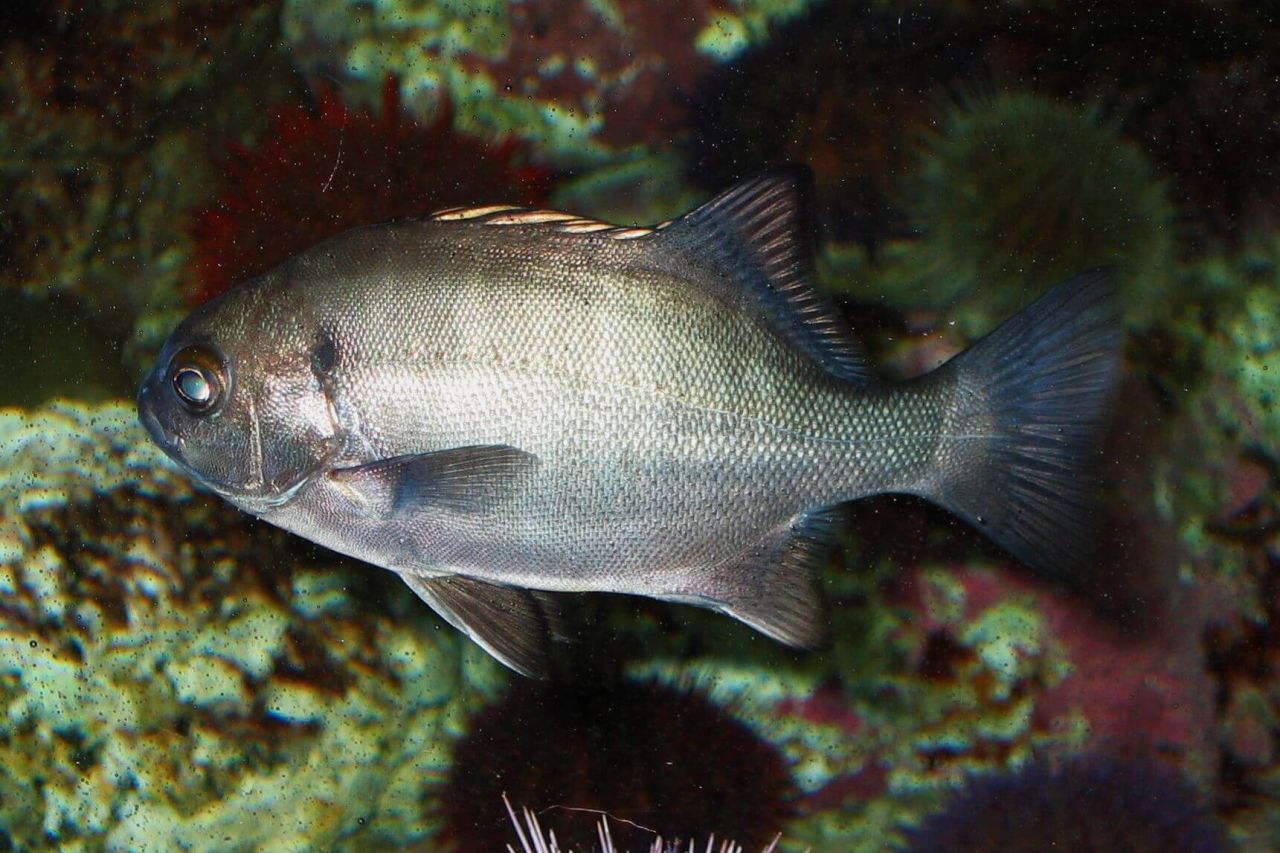
What does its name mean?
"Galjoen" is the Dutch word for "Galleon" a type of large sailboat that was designed to be a cargo ship, with lots of cannons for protection. During the 1600s, there were a number of naval wars between the Kingdom of England and the Dutch (known as the Anglo-Dutch Wars) where civilian galleons were converted into massive warships by both sides - propelling galleons into the public eye.
The Cape Colony was founded right at the beginning of the First Anglo-Dutch War, so early European settlers in the Cape would have had galleons on their minds when they started fishing the waters of the Cape. When they first discovered the broad-sided coastal fishes in our shallow waters that could put up a serious fight, there was only one appropriate name they could think of - "galjoen".
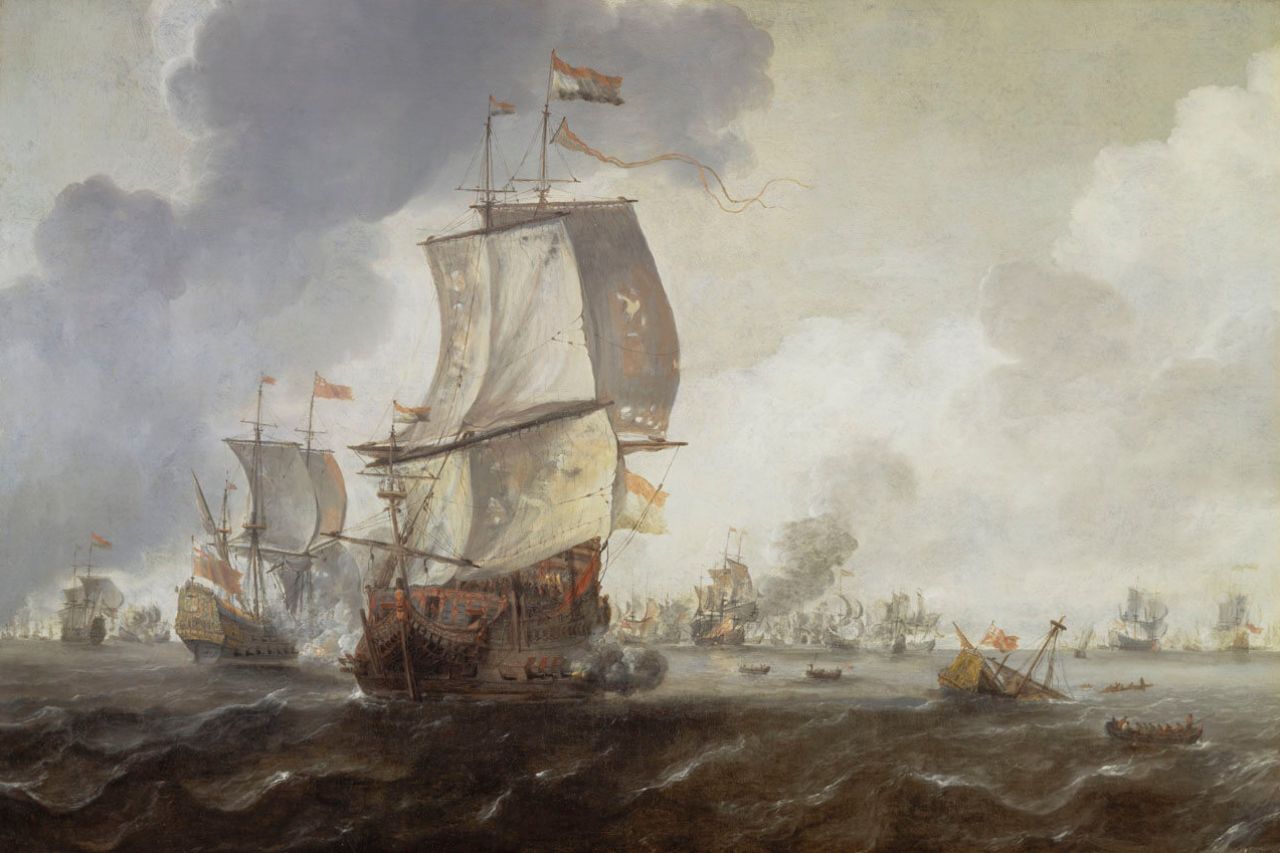
"Galjoen" remains the most popular name for this fish in the Western Cape, and is recognised in other parts of the country - but it does have some other interesting names too. Anglers along South Africa's eastern coasts also commonly refer to galjoen as "highwaters", a nod to their behaviour of entering very shallow coastal waters, and blackfish and black bream.
In the Eastern Cape and KwaZulu-Natal, a more common name for galjoen is "damba" which has a dual meaning: In Zulu, it means "playful", a possible reference to the fish's behaviour among the waves. "Damba" also means "crave" or "yearn" in several Austronesian languages (such as Malay) and may stem from early slaves and their descendants in South Africa who "craved" a delicious galjoen.
Two oceans. Two fish
There are actually two types of galjoen. The larger and more famous "galjoen" itself (Dichistius capensis) which is our national fish and is sometimes (incorrectly) called Coracinus capensis, and the smaller, but more prettily patterned banded galjoen (Dichistius multifasciatus). Historically, a third species called Dichistius falcatus was also described, but this was a misidentification of the usual galjoen, which sometimes has atypical banded patterns as a juvenile, or in lightly coloured habitats.
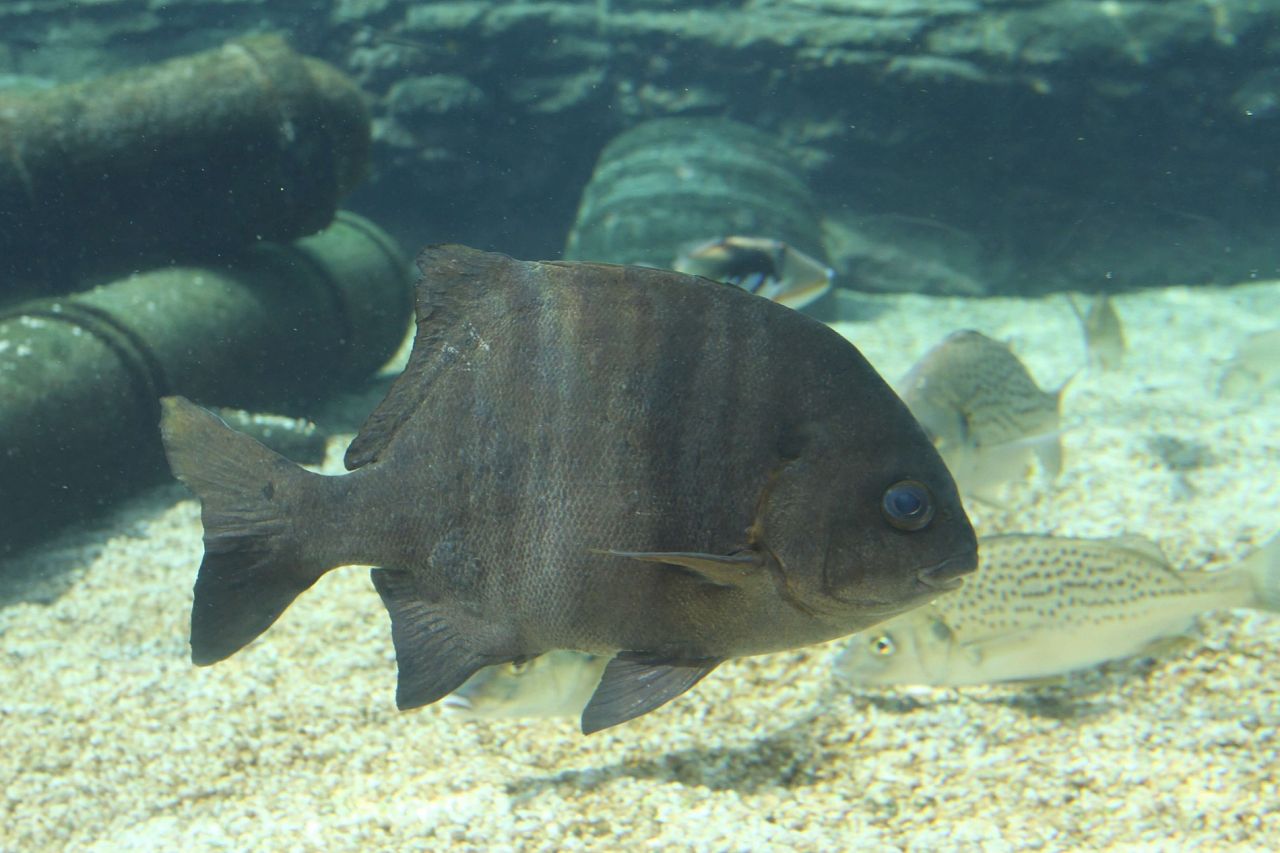
Both species of galjoen occur only in Southern African waters, with the galjoen appearing predominantly on the Cape coast and the banded galjoen being found in the Indian Ocean around KwaZulu-Natal. This "galjoen duality" highlights a very interesting characteristic of South African fishes that was first noted by J.L.B. Smith - that we have unique species that often occur in pairs in our water:
"Another interesting feature of our fishes is that there are some striking cases of pairs of most closely related species, one tropical or sub-tropical in habit, rarely extending south of Natal, but east and even North to the Pacific, the other confined to our south, or south and south-east coasts, apparently not at home in any but rather cool waters."
Well-known examples of this phenomenon are the banded galjoen and galjoen, Natal stumpnose and Cape stumpnose, and Natal knifejaw and Cape knifejaw. In fact, many of these fish-pairs have also adapted to take advantage of the rough seas of the Cape of Storms, just like galjoen, and thus they have developed many similar characteristics. For example, the adult Cape knifejaw can sometimes so closely resemble a galjoen that is has earned the name "bastard galjoen" or "beaked galjoen", even though they are unrelated.
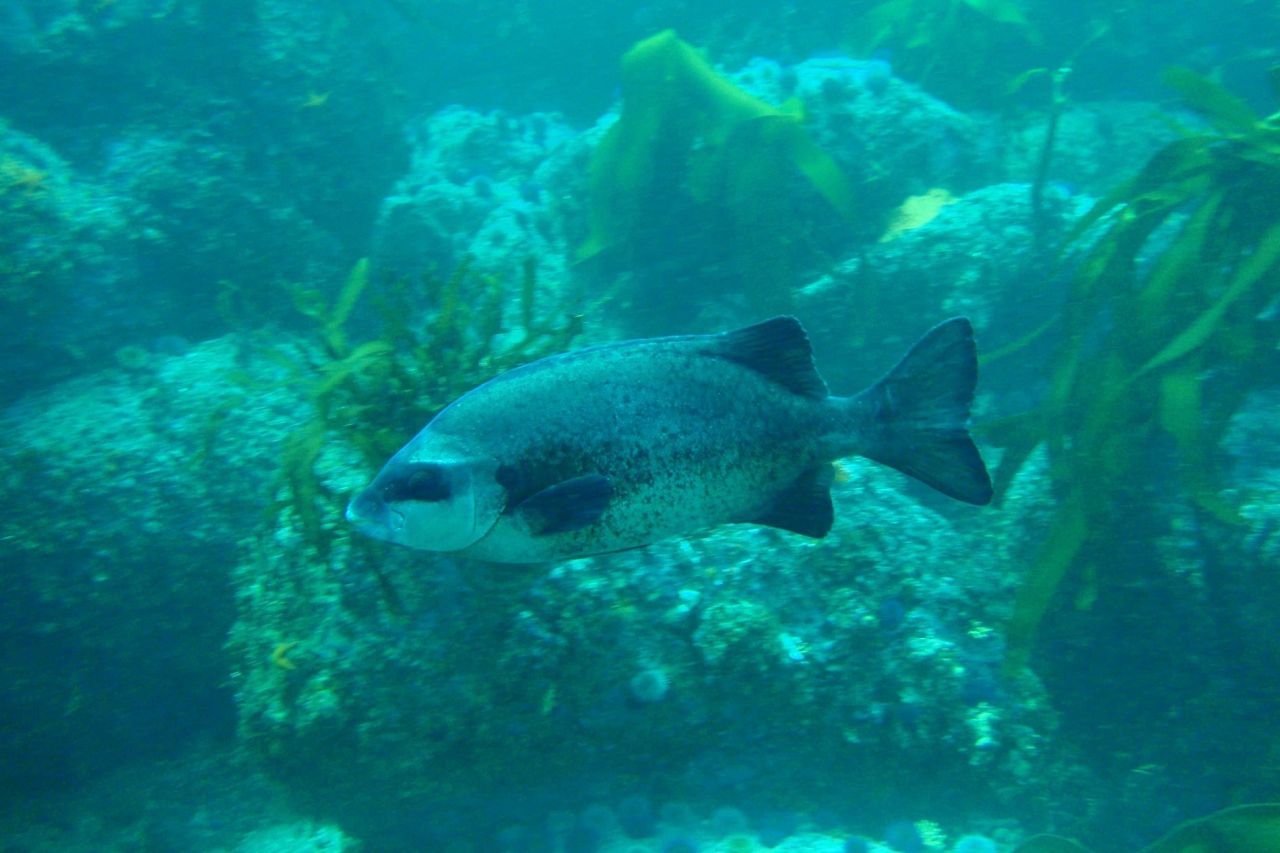
Relationship with humans
Galjoen are a highly regarded sport fish for shore anglers, and were noted as a readily available food fish in early history. As recently as the 1980s, galjoen were the most common shore-caught fish in the Cape, and made up to 80% of the catch of some angling clubs in a given year. Unfortunately, galjoen are no longer this abundant.
A fairly recent study in which 25 000 galjoen were tagged and released found that the majority of these fish spend their whole lives in a relatively small home area of about 1km of coast, with just a few individuals migrating long distances. This means that galjoen are particularly at risk of overfishing, because it is easy for areas where they live to be targeted, and it is very difficult for these small populations to recover.
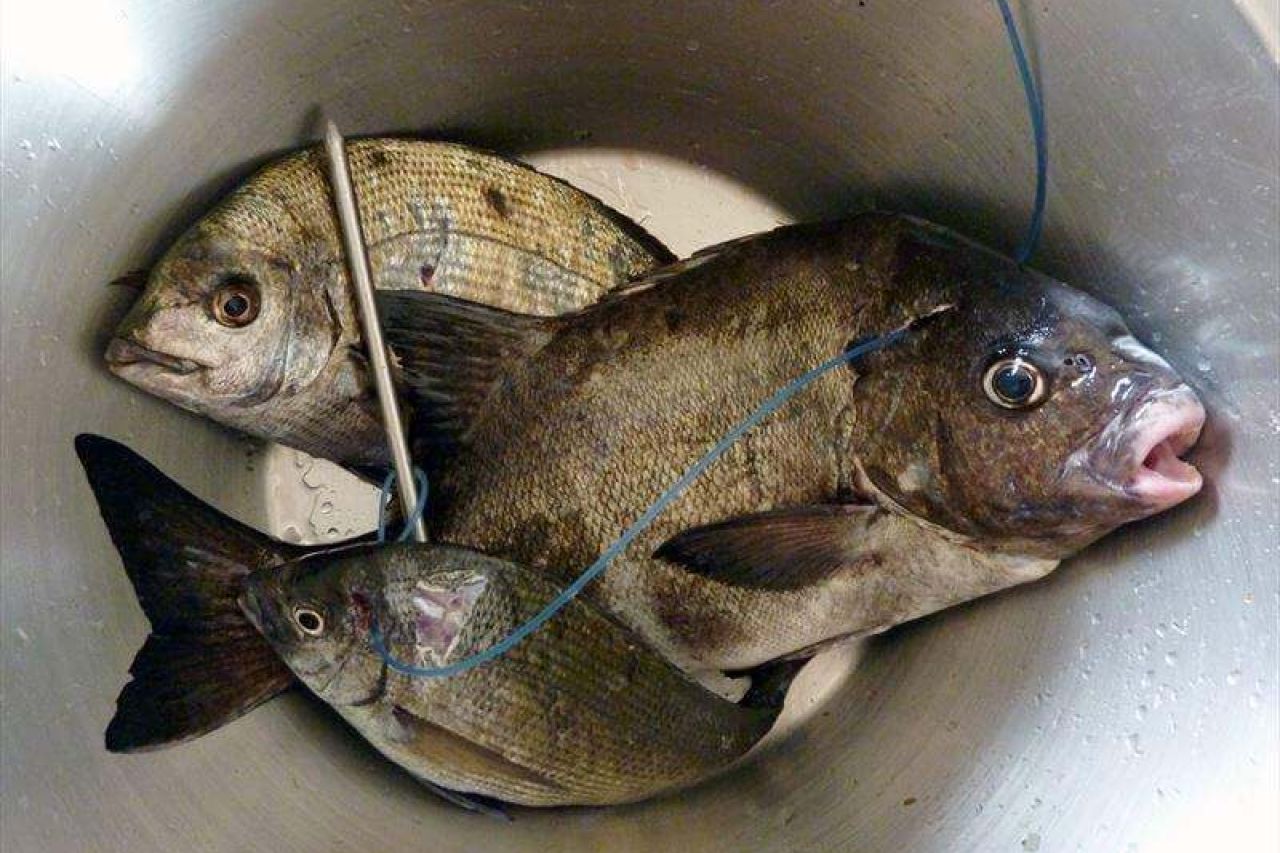
Recent studies (and the experience of anglers themselves) indicates that this once-abundant fish is growing increasingly scarce. However, the same studies have also shown that due to the "home areas" of galjoen, those populations in protected areas are stable. This poses an interesting situation where the galjoen fishery has been regarded as collapsed since 1997, yet the species itself is not at risk of total extinction.
The WWF South African Sustainable Seafood Initiative (SASSI) lists both galjoen species as Red - i.e. as a consumer, you should not buy or consume either species of galjoen purchased in South Africa. Please be aware, that although it is legal for recreational anglers to catch limited numbers of galjoen at certain times of the year, it is illegal to buy or sell galjoen in South Africa.
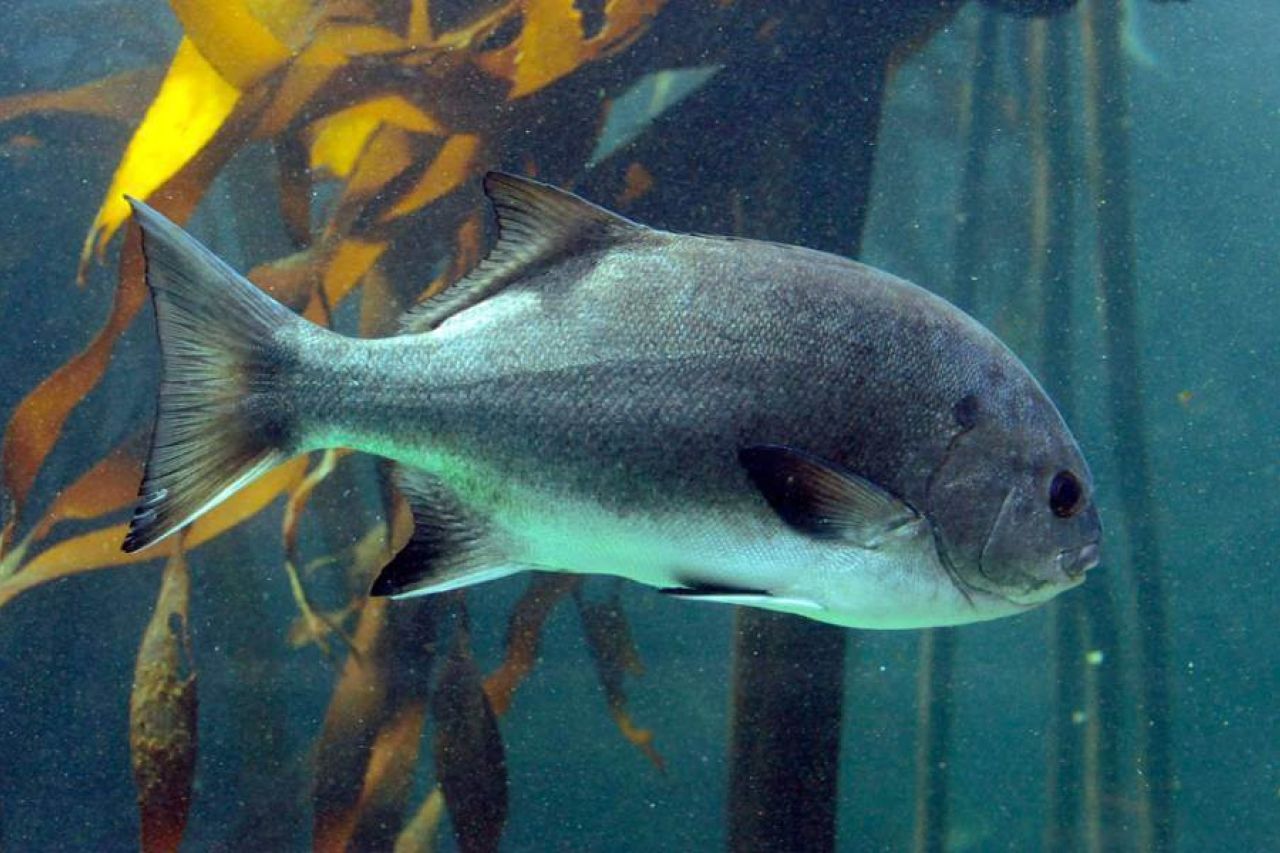
We hope you've enjoyed reading about the marvellous galjoen - South Africa's precious emblem of the ocean!
Related News
Sign up to our Newsletter
Receive monthly news, online courses and conservation programmes.
